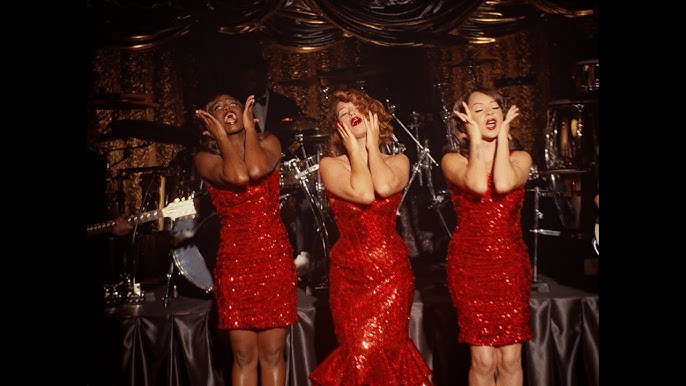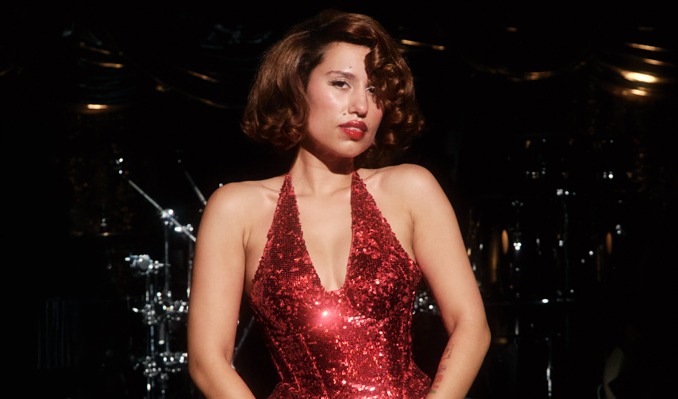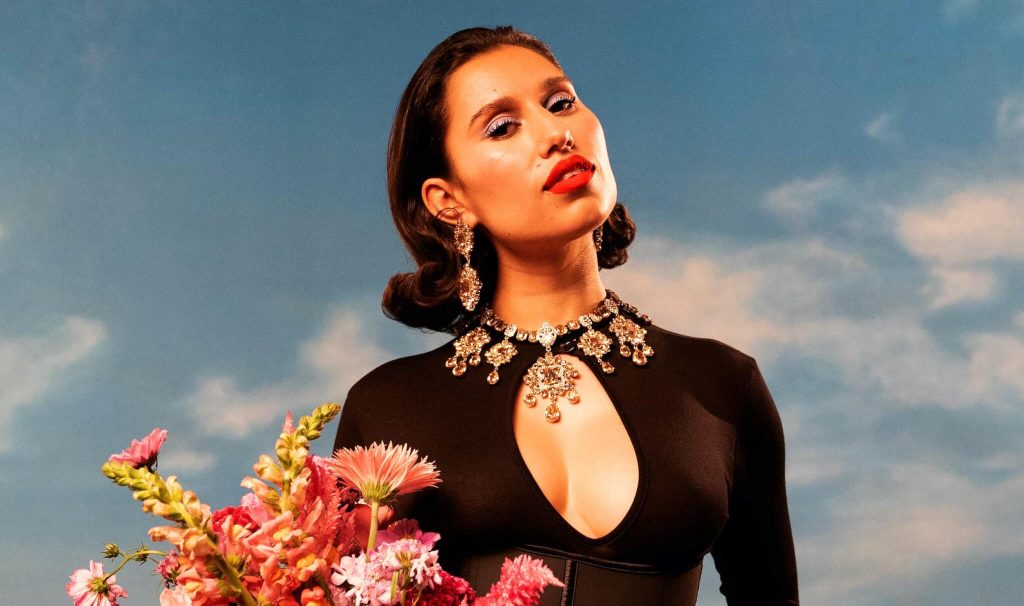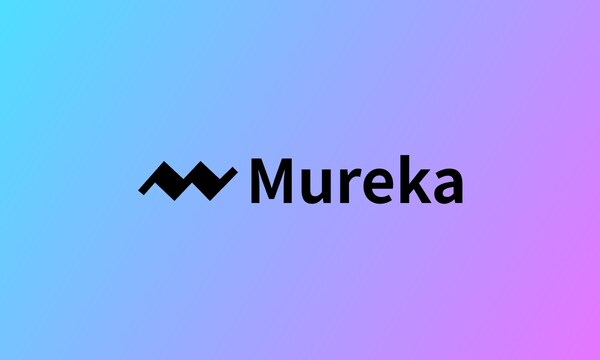In the ever-evolving landscape of modern music, few artists command attention quite like Raye. Her (fictional) track, “Where Is My Husband!”, has become a viral sensation, captivating listeners with its raw emotional power and theatrical flair. This isn’t just a song; it’s a narrative masterpiece that showcases Raye’s unparalleled ability to blend storytelling with complex musicality, leaving a lasting mark on everyone who hears it.

A Glimpse into the Song’s Narrative
“Where Is My Husband!” is a tour de force of vulnerability and desperation. The song is imagined as the centerpiece of a concept album exploring themes of love, loss, and societal pressure. It tells the story of a woman on her wedding day, left waiting at the altar. The narrative unfolds not as a simple sad song, but as a dramatic, almost cinematic monologue set to music, capturing her spiraling thoughts and frantic search for answers. It’s a powerful exploration of public humiliation and private heartbreak.
“The organ’s gone silent, the roses all weep,
Got a heart full of promises I couldn’t keep.
This white dress feels heavy, a beautiful lie,
Tell me, where is my husband? Oh, where, tell me why?”

What is the Musical Style and Production of “Where Is My Husband!”?
As a music producer, what fascinates me about this (imagined) track is its brilliant fusion of genres. It’s a testament to Raye’s signature style, which defies easy categorization. The song is built on a foundation of soul and R&B, but it incorporates elements of jazz, orchestral pop, and even theatrical blues. This blend creates a soundscape that is both timeless and incredibly modern.
The production is meticulously layered. It likely opens with a lone, melancholic piano—a classic jazz voicing that immediately sets a somber, intimate tone. As the narrative intensifies, a swell of strings enters, reminiscent of a classic film score, heightening the drama. The rhythm section, when it finally kicks in, is subtle yet driving, with a deep, resonant bassline and crisp, ghost-noted snare hits that feel more like a live jazz trio than a programmed beat. This is a hallmark of Raye’s music—that organic, “live” feel.
| Element | Description | Analysis & Impact |
|---|---|---|
| Instrumentation | Jazz Piano, Orchestral Strings, Upright Bass, Live-sounding Drums, Gospel Choir | Creates a dynamic journey from intimacy to a grand, cinematic climax. The blend feels both classic and contemporary. |
| Vocal Performance | Ranges from breathy whispers to powerful, belted phrases and spoken-word sections. | Raye’s vocal versatility is the core emotional driver, conveying a full spectrum of feelings from confusion to rage. |
| Arrangement | Starts sparse, builds to a dense, multi-layered crescendo, then recedes. | The structure mirrors the protagonist’s emotional arc, making the storytelling incredibly effective. |
| Genre Fusion | Soul, R&B, Jazz, Orchestral Pop, Blues | Defies a single genre, creating a unique sound that is distinctly “Raye.” This complexity makes it a great subject for AI music analysis. |

What is the Meaning Behind the “Where Is My Husband! Lyrics”?
The Where Is My Husband! lyrics are a masterclass in narrative songwriting. On the surface, the song is about a bride being jilted. But digging deeper, it’s a powerful commentary on societal expectations, the performance of happiness, and the crushing weight of a public persona crumbling. The repeated question, “Where is my husband?”, evolves throughout the song.Initially, it’s a genuine, bewildered question. Then, it morphs into an accusation, filled with anger and betrayal. By the end, it becomes a rhetorical, existential cry—a questioning of the entire institution and the identity she was about to assume. The “husband” becomes a symbol for a promised future, for validation, for a life path that has suddenly vanished. The song isn’t just about a missing person; it’s about a missing future and a woman left to confront herself in the wreckage.

How Can You Create a Song Like “Where Is My Husband!” with AI?
Analyzing a song as complex as “Where Is My Husband!” is one thing, but what if you could use its essence as a springboard for your own creations? This is where AI music creation tools like Mureka come into play. As someone who has spent years exploring AI songwriting, I’ve seen how these platforms can democratize music production. You don’t need a full studio or a decade of theory to start.
Let’s imagine we want to create a track inspired by Raye’s dramatic, soulful style. Using Mureka, the process is surprisingly intuitive. It’s not about replacing the artist; it’s about providing a powerful collaborator for your ideas.

Step 1: Define Your Core Idea with a Prompt
The first step in any AI music generator is the prompt. To capture the vibe of “Where Is My Husband!”, we need to be descriptive. We’re not just asking for a “sad song.” We’re painting a picture for the AI.
A good starting prompt on Mureka might be: “A dramatic and soulful ballad in the style of Raye. Start with a melancholic jazz piano, build with cinematic strings and a gospel choir. Female vocals that are emotional and raw, telling a story of heartbreak and betrayal. The mood is theatrical, desperate, and powerful.”
Start your AI songwriting journey by crafting a detailed prompt in Mureka.

Step 2: Generate and Refine the Music
Mureka’s AI would take this prompt and generate a full-length track. The Pro plan is particularly useful here, as it allows for WAV downloads and access to individual stems (vocals, piano, strings, etc.). This is crucial for any serious musician. You can take the AI-generated piano part, which might have a brilliant chord progression you wouldn’t have thought of, and then record your own live strings over it.
Or perhaps you love the vocal melody the AI created but want to write your own music lyrics. You can mute the AI’s lyrics and use the melody as a guide. The platform’s advanced editing features, like region and melody extension, let you fine-tune sections, extend a powerful chorus, or even upload your own humming as a reference to guide the AI. This is the kind of human-AI collaboration that defines modern music creation.
| Mureka Feature | How It Helps | Best Plan |
|---|---|---|
| Descriptive Text-to-Music | Translates detailed prompts (e.g., “cinematic strings,” “jazz piano”) into a full composition. | Basic & Pro |
| Stem & WAV Downloads | Allows you to isolate instruments (piano, vocals, etc.) for further editing in a DAW. | Pro |
| Reference Audio Upload | Upload a snippet of a Raye song or even your own humming to guide the AI’s melody and style. | Pro |
| Advanced Editing | Extend, shorten, or regenerate specific sections of the song to perfect the arrangement. | Pro |
| Voice Cloning | Create a unique vocal timbre for your track (for commercial projects). | Pro |
Ready to experiment? You can start your own project on Mureka’s AI music creation page and see what you come up with. The possibilities are truly endless.

Expanding the Topic: AI, Music, and the Future of Creativity
The rise of AI music generators is one of the most exciting—and debated—topics in the industry today. It pushes us to ask fundamental questions about what it means to be an artist.
How Does AI Actually “Learn” to Make Music?
At its core, AI music generation relies on deep learning models, often a type of neural network called a Transformer or a Generative Adversarial Network (GAN). These models are trained on massive datasets containing thousands of hours of music.
The AI analyzes everything: melody, harmony, rhythm, instrumentation, and structure. It learns the “rules” and patterns of different genres. When you give it a prompt, it’s not just mashing random notes together; it’s using its learned knowledge to predict what sequence of notes, chords, and sounds would best fit your request. It’s a process of sophisticated pattern recognition and generation.
AI Music Trends to Watch
The field is moving incredibly fast. A few years ago, AI music was a novelty. Today, it’s a powerful tool. Some key trends I’m seeing include:
- Hyper-Personalization: AI creating music tailored to a listener’s real-time mood or activity.
- Co-Creation Tools: More platforms focusing on collaboration, where the AI acts as a creative partner rather than a replacement.
- Real-Time Generation: AI composing music live for video games or streams, adapting to the user’s actions.
- Vocal Synthesis Advancement: AI vocals are becoming indistinguishable from human singers, raising both exciting and ethically complex possibilities. For more on this, the Journal of the Audio Engineering Society often publishes cutting-edge research in this area.

Conclusion: Artistry in the Age of AI
A song like Where Is My Husband! by Raye, with its deep emotional core and complex musicality, reminds us of the profound power of human storytelling. It’s a benchmark for what makes music resonate so deeply with us.
At the same time, tools like Mureka show us that technology doesn’t have to be a threat to that artistry. Instead, it can be a powerful amplifier. An AI music generator can break a creative block, suggest a chord progression you’d never find on your own, or handle the technical heavy lifting so you can focus on the emotional core of your song. It’s a new frontier for music creation, and for artists willing to explore it, the potential is limitless. Why not explore the vast library of AI-generated music on the Mureka homepage to get inspired?
Frequently Asked Questions (FAQ)
1. What is the song meaning of “Where Is My Husband!” by Raye?
The song is a fictional narrative about a bride left at the altar. The lyrics meaning goes beyond simple heartbreak, exploring themes of public humiliation, shattered expectations, and the loss of a promised future. The title question evolves from a literal query to a symbolic cry of existential despair.
2. Is “Where Is My Husband!” based on a true story?
While Raye is known for her deeply personal and autobiographical songwriting, “Where Is My Husband!” is presented here as a conceptual, narrative piece. It taps into universal feelings of betrayal and loss, making it relatable even as a fictional story.
3. How much does Mureka cost?
Mureka offers several subscription tiers. The Basic plan is $8/month (billed annually), offering 400 songs/month with an MP3 license. The Pro plan is $24/month (billed annually) and includes 1,600 songs/month, WAV and stem downloads, advanced editing, and full commercial use rights. (Data as of 2025-11-04).
4. Can I use music from an AI music generator for commercial projects?
Yes, with the right license. Platforms like Mureka (specifically the Pro plan) offer commercial licenses, allowing you to use the AI-generated music in films, ads, podcasts, and other media without worrying about royalties. Always check the terms of service for the specific platform you are using.
5. What makes Mureka a good artificial intelligence song maker for creating emotional music?
Mureka’s strength lies in its detailed text-to-music engine and its collaborative features. You can guide the AI with nuanced emotional prompts and then use the Pro features—like stem downloads and reference audio uploads—to blend the AI’s output with your own human performance and production, achieving a result with genuine emotional depth.
This report is for informational and educational purposes only.
The analysis of “Where Is My Husband!” is a fictional case study created to demonstrate musical analysis and AI capabilities, as the song is not an official release by the artist Raye.
All subscription details and features are based on information available as of 2025-11-04 and are subject to change.


